Bale consistency is a crucial factor in maintaining forage quality, storage efficiency, and simplifying transport. Uniform bales are easier to stack and streamline handling, making them an important part of a profitable and efficient operation.
Getting Consistent Bales
Producing uniform, dense, and high-quality hay bales requires attention to a few key factors, like ensuring proper moisture at baling, windrow uniformity, and using the right baler for your operation.
Here’s how to manage each for more consistent bales:
1. Moisture Level Regulation
Moisture management is a key factor in maintaining forage quality after baling. Baling at the correct moisture level prevents spoilage, mildew, and heat damage. Aiming for an optimal range (which varies depending on crop type and conditions) ensures each bale maintains its quality after baling and during storage.
Massey Ferguson’s steel-on-steel mower conditioners can help by speeding up the drying process with even conditioning across the crop, leading to even dry down during curing, reducing moisture spots in the bale, and decreasing the risk of overheating or spoiling during storage.
To manage moisture, real-time monitoring is recommended. Using aftermarket or integrated moisture sensors, farmers can track and manage for moisture while baling. This makes it easier to stay within the desired range, preventing leaf loss and nutrient degradation.
2. Maintain Windrow Uniformity
Consistent windrow size and density are a key factor in uniform bale formation. Uniform windrows allow the baler to maintain a balanced and consistent throughput with each pass, which supports a consistent, denser bale.
Massey Ferguson’s rotary rake is designed to form uniform, fluffy windrows that keep the crop well-aerated and easy to bale, and it’s a valuable tool for anyone looking to optimize forage quality and consistency.
Properly formed windrows simplify baling by reducing the need for frequent throughput adjustments. Monitoring the windrow as you go and making slight modifications as necessary can further improve bales, allowing for a smooth, predictable flow of hay into the baler.
3. Optimize Bale Density & Shape
A dense, uniformly shaped bale is easier to store and transport, and increases the market value for the bale. For both large and small square bales, maintaining density is key to preventing dry matter loss and ensuring each bale can withstand handling without losing shape or falling apart.
Massey Ferguson’s small square in-line baler design is engineered to create uniformly dense bales by minimizing material movement inside the chamber. The in-line design allows the hay to flow directly from pickup to the chamber, producing consistent compression and shape across each bale.
Additionally, using a monitor to track bale throughput in large square balers can help operators identify and adjust for any irregularities in real-time. By adjusting bale density and monitoring throughput through the monitor, operators can maintain ideal pressure and reduce dry matter loss.
To capitalize on large square baler features while baling small square bales, Massey Ferguson’s SimplEbale is available as a retrofittable kit on all small square balers. The system provides small square balers with features such as flake count, bale length, hydraulic control, moisture sensing, and bale weight measurement. Balers upgraded with SimplEbale deliver improved bale consistency, increased operational efficiency, and higher reliability than non-equipped balers.
Why Consistent Baling Matters
Consistency in bale shape, size, and density is essential for both livestock producers and commercial hay producers.
Here’s how consistent bales make a difference:
1. Market & Quality Benefits
For commercial hay producers, consistency increases the market value of hay. Uniform, consistent bales enhance overall quality by minimizing issues like dry matter loss and providing buyers with a reliable, high-quality product. This quality assurance keeps buyers satisfied and encourages repeat business.
2. Storage Efficiency
Consistent bale size and density also improves the ability for bales to be properly stored. Properly stacked, uniform bales maximize space and minimize unstable stacks. This saves space, reduces exposure to the elements, and preserves hay quality.
3. Transport & Export Requirements
Uniform bales ease logistics for both local and global markets. For transport, consistent bale dimensions streamline loading and make deliveries easier. In export markets, consistent bales allow for smoother compression and repackaging, as well as ease of storing in shipping containers, which are important in international shipping.
4. Feeding Consistency & Nutritional Value
For livestock producers, uniform bales make rationing simpler with consistent nutritional value. Bales with variable density can mean variable nutritional value, potentially compromising feed quality and animal performance.
The Massey Ferguson Advantage
Massey Ferguson’s dedication to innovative, farmer-first solutions is at the core of our equipment design. From pioneering new baling technologies to simplifying maintenance, each of our balers is built to meet the evolving needs of hay producers.
1. Design Innovation
Massey Ferguson small square balers are engineered with an in-line design that minimizes material movement inside the baler, resulting in denser, more uniform bales. This design not only supports better bale quality but also maximizes efficiency for operators, reducing the need for constant adjustments. Whether handling small or large square bales, Massey Ferguson’s balers are built to streamline baling, ensuring each bale is shaped, sized, and packed to the highest standards.
2. Simple Maintenance
Consistent bales are the result of a reliable baler with straightforward, minimal maintenance. Massey Ferguson balers are built with simplicity in mind, requiring fewer, more durable components than many other brands. This design translates to lower maintenance costs, easier repairs, and less downtime. Many producers opt for an “Annual Rework” to keep their balers in peak condition, a process that’s both efficient and cost-effective with Massey Ferguson’s streamlined design.

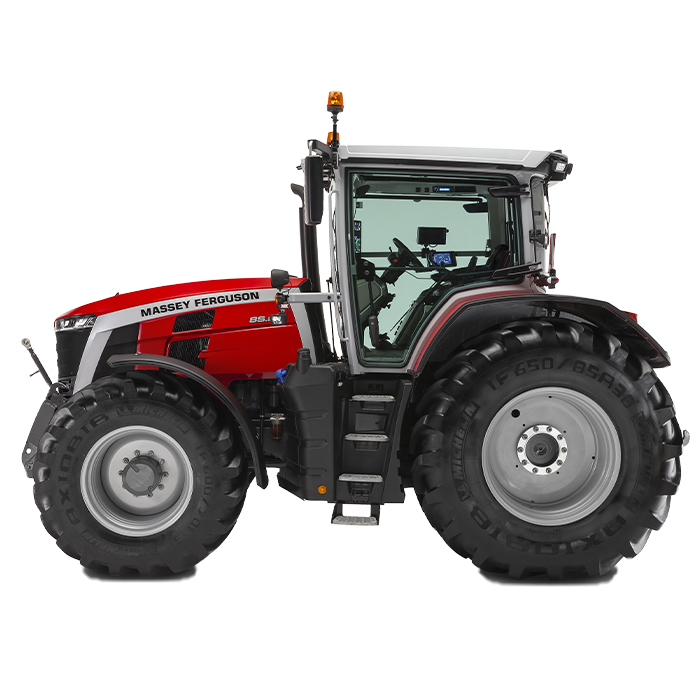
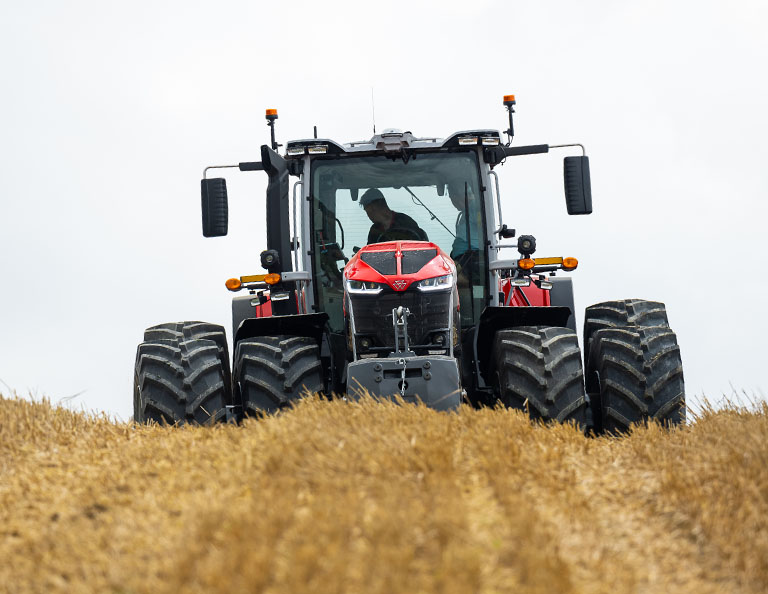

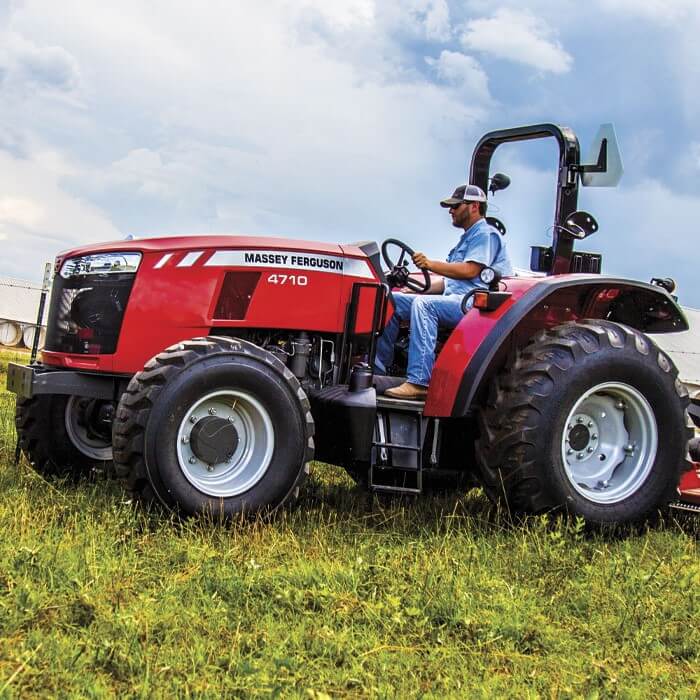


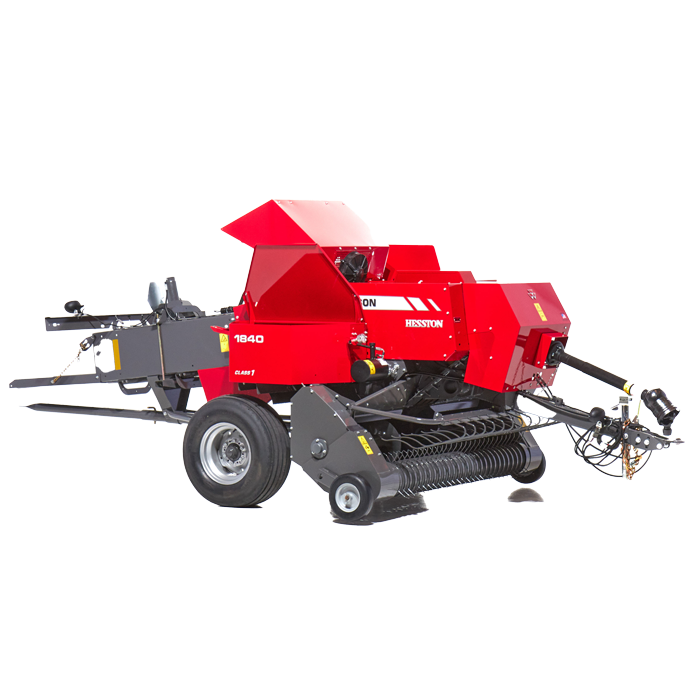
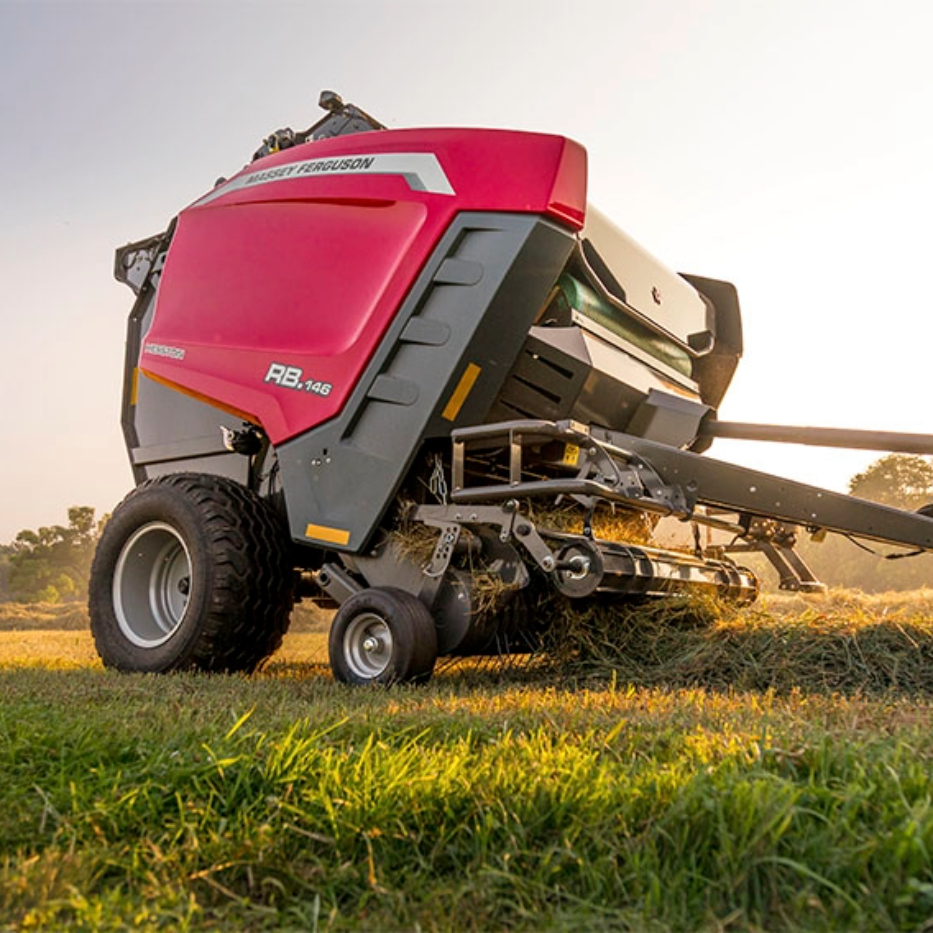
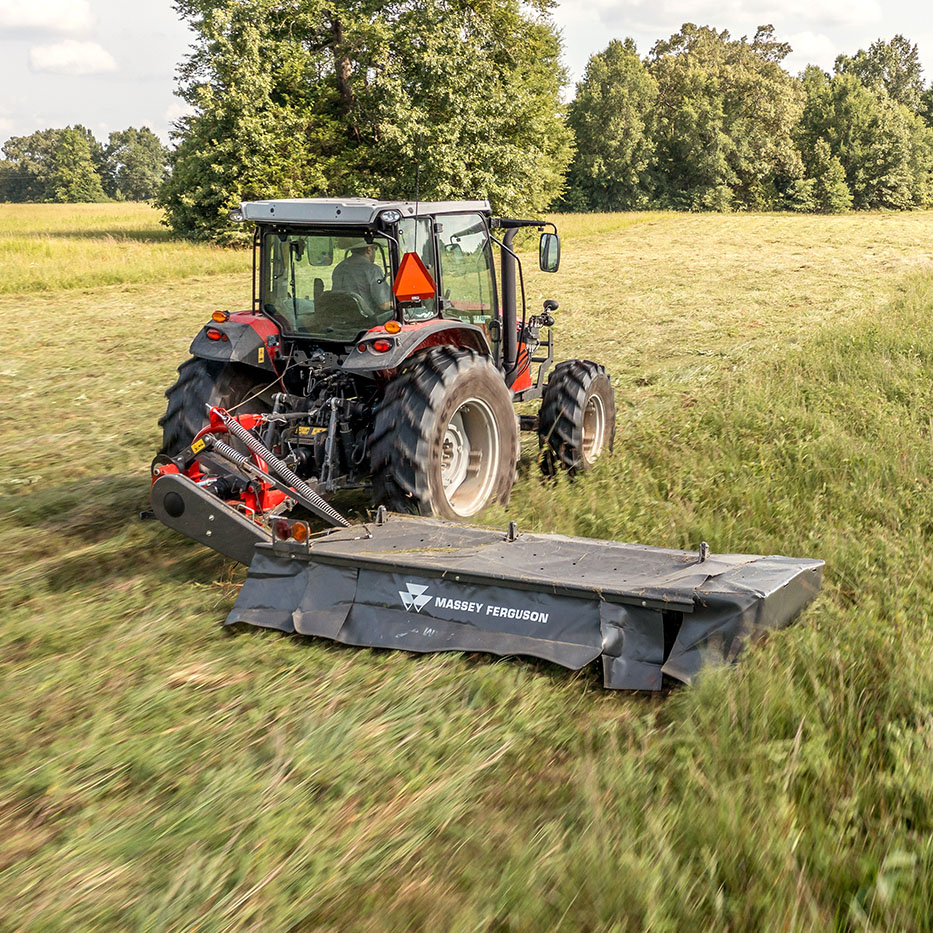
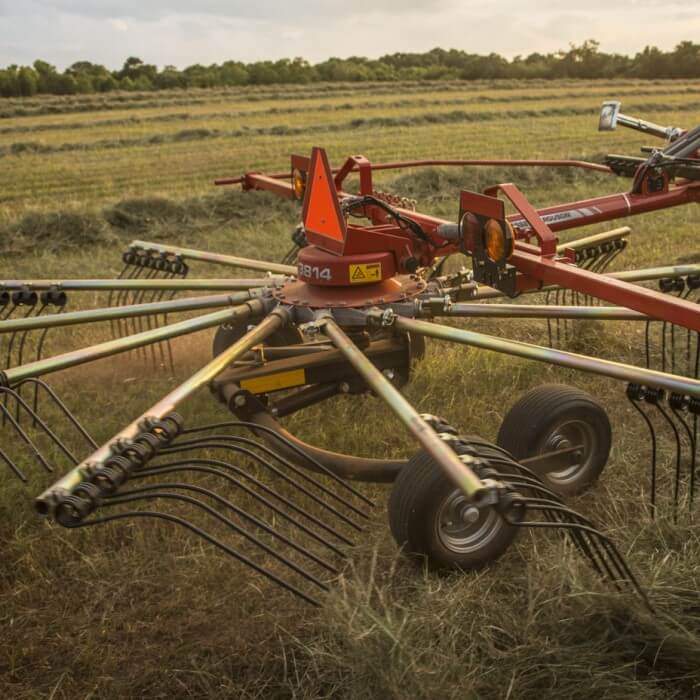
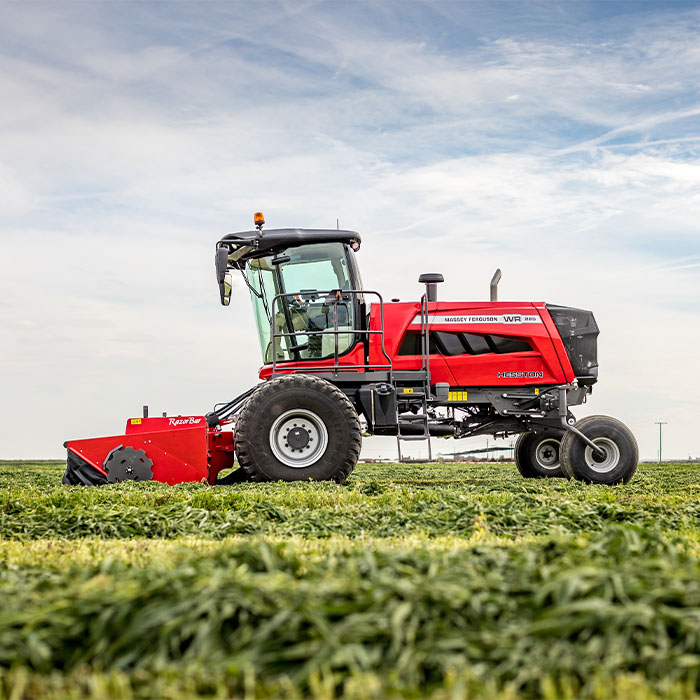
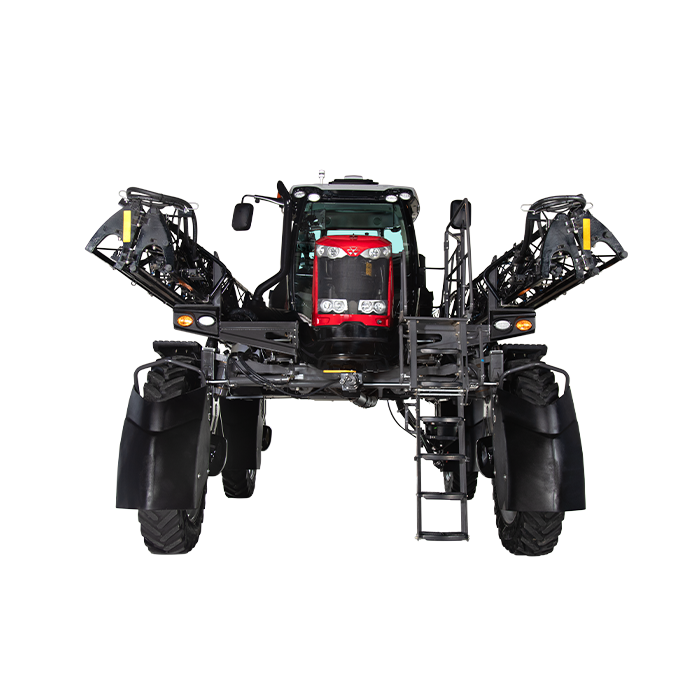

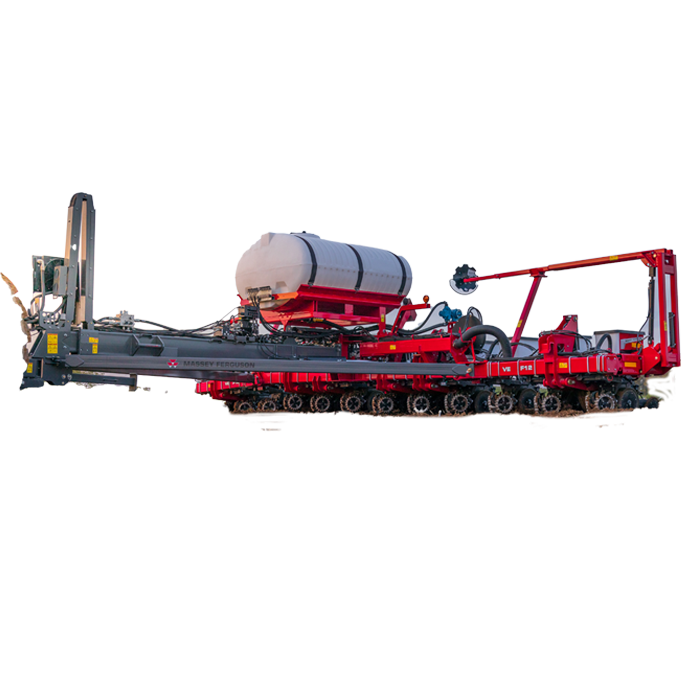
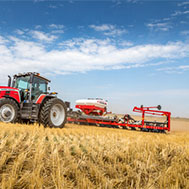
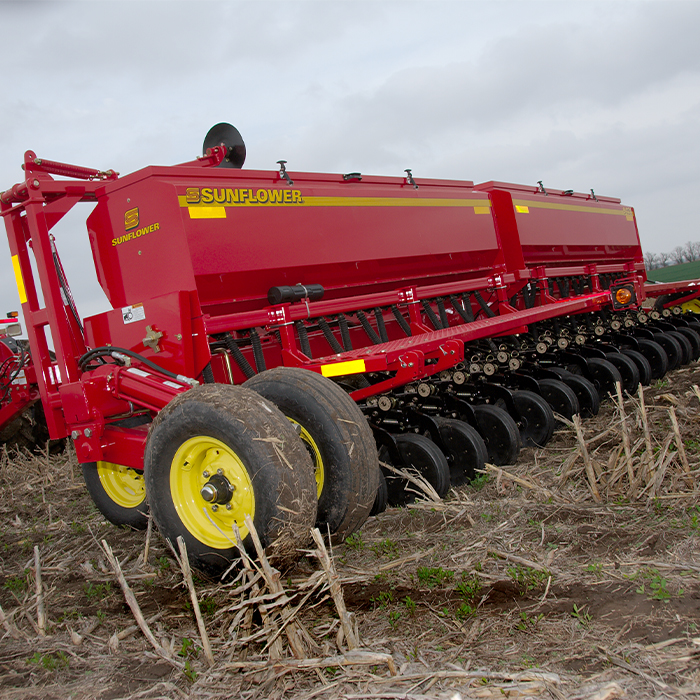
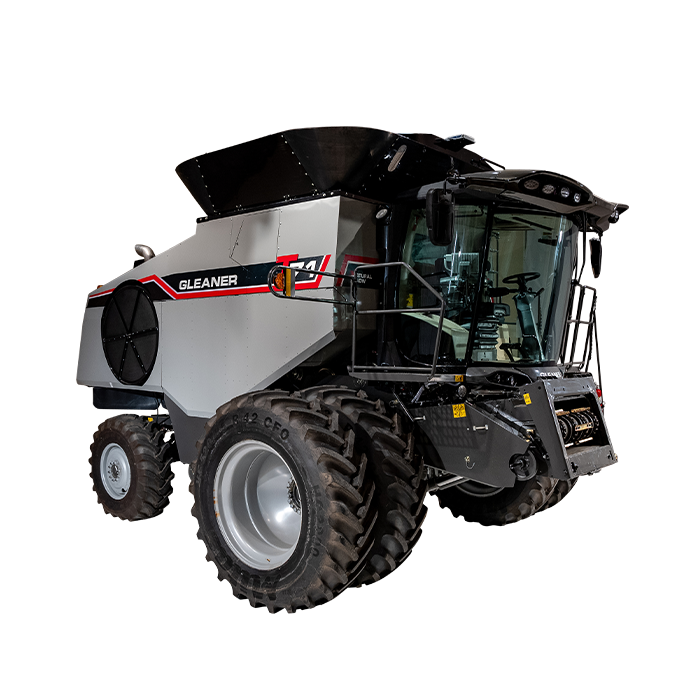

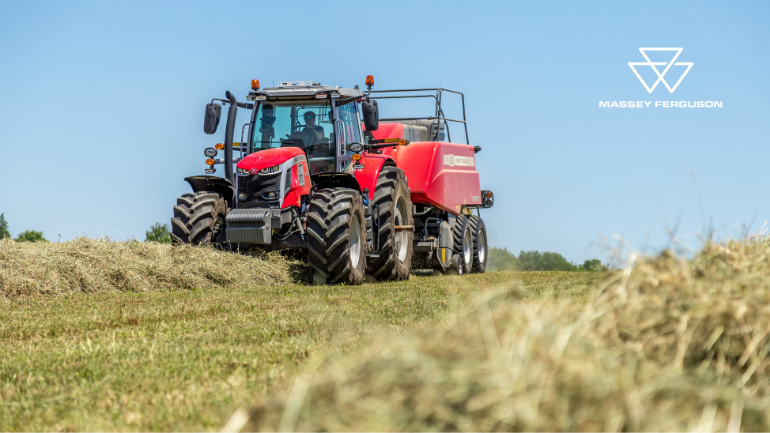
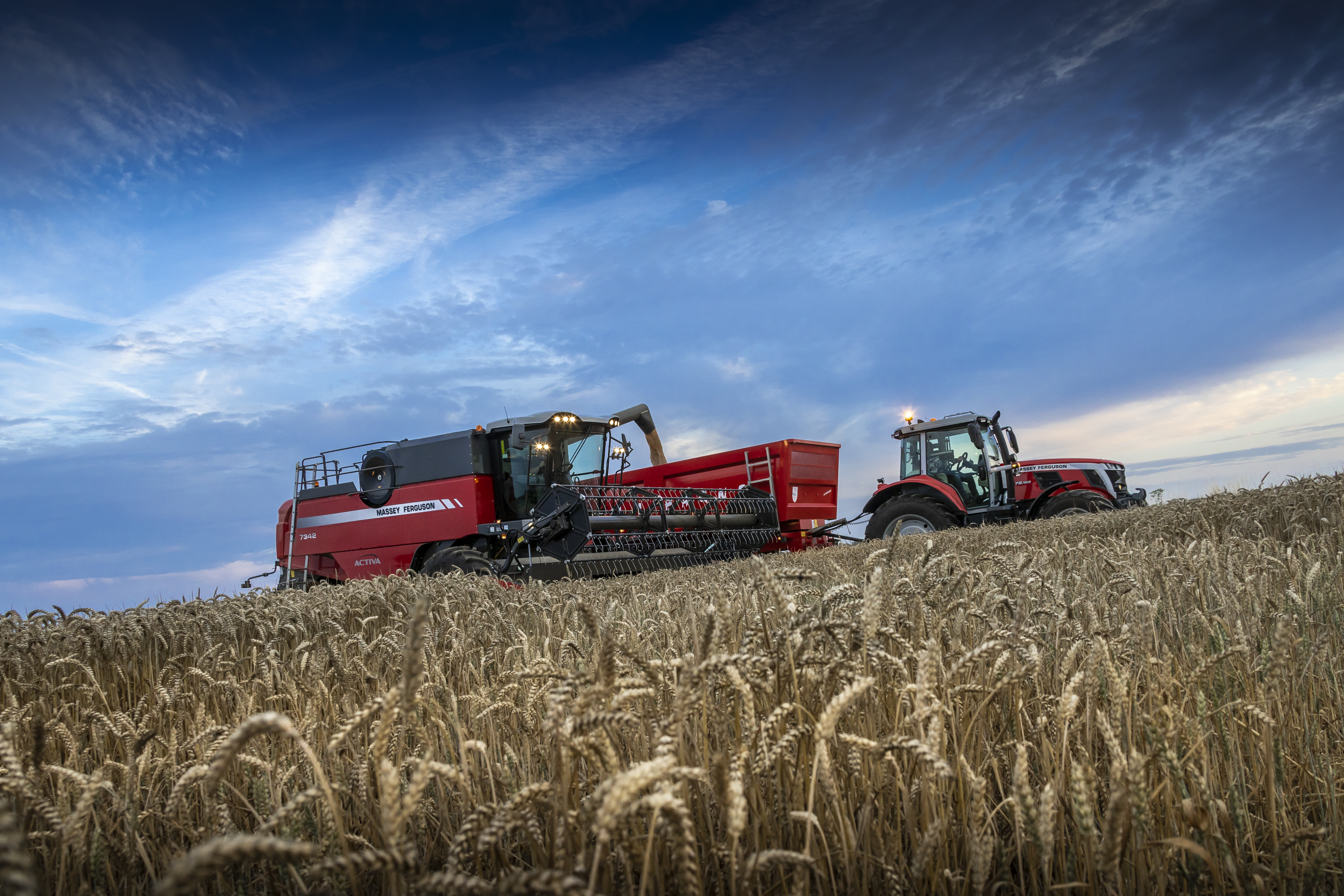
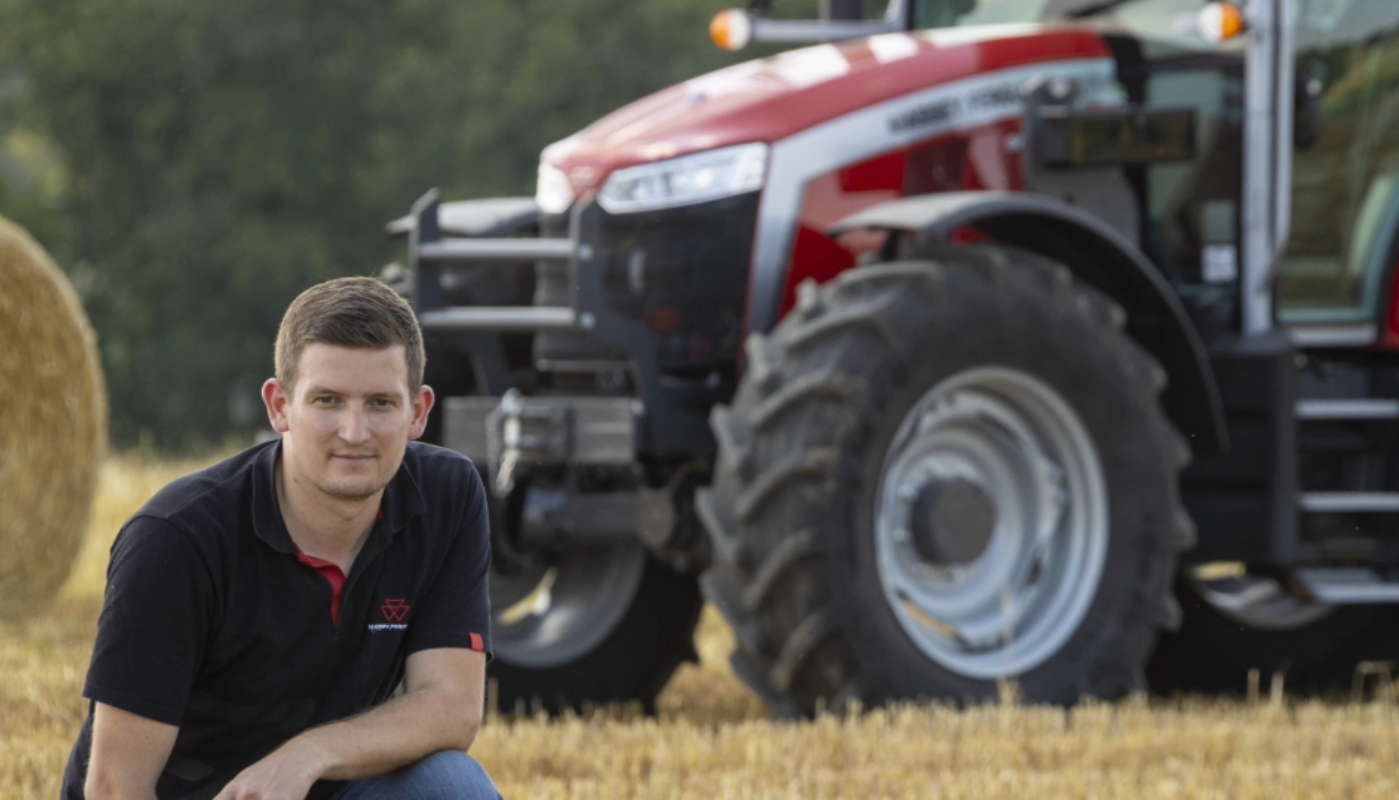
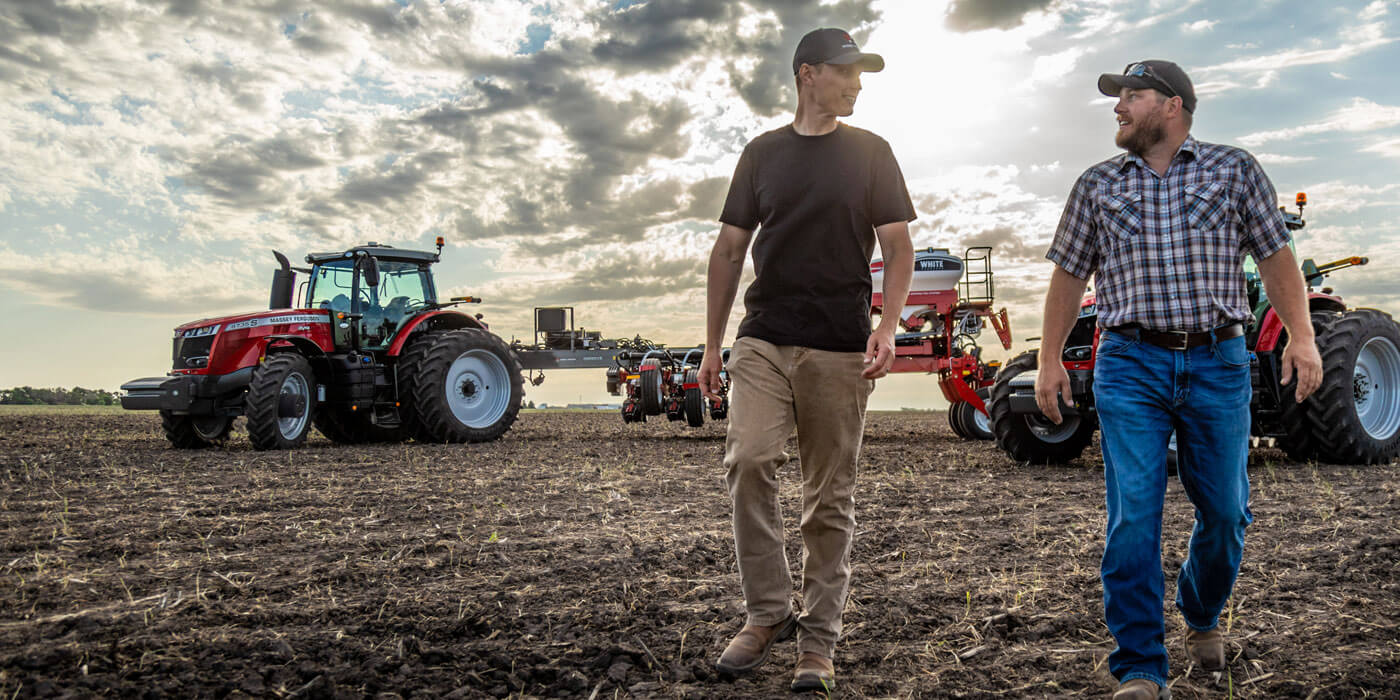
Share